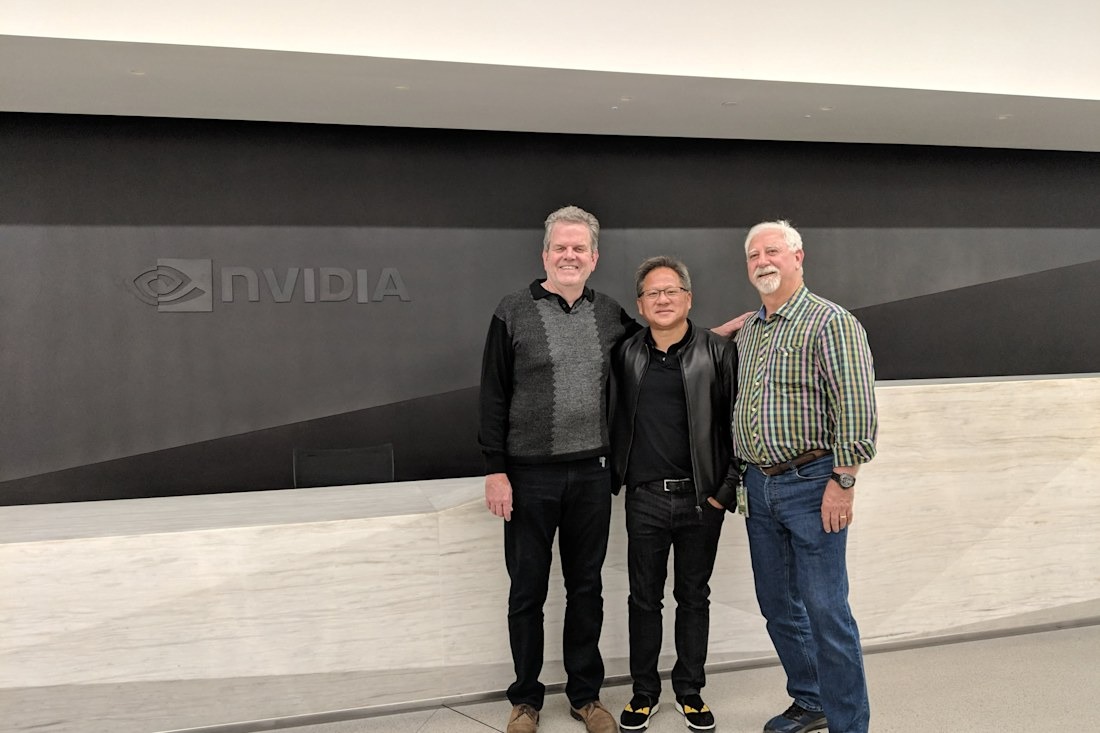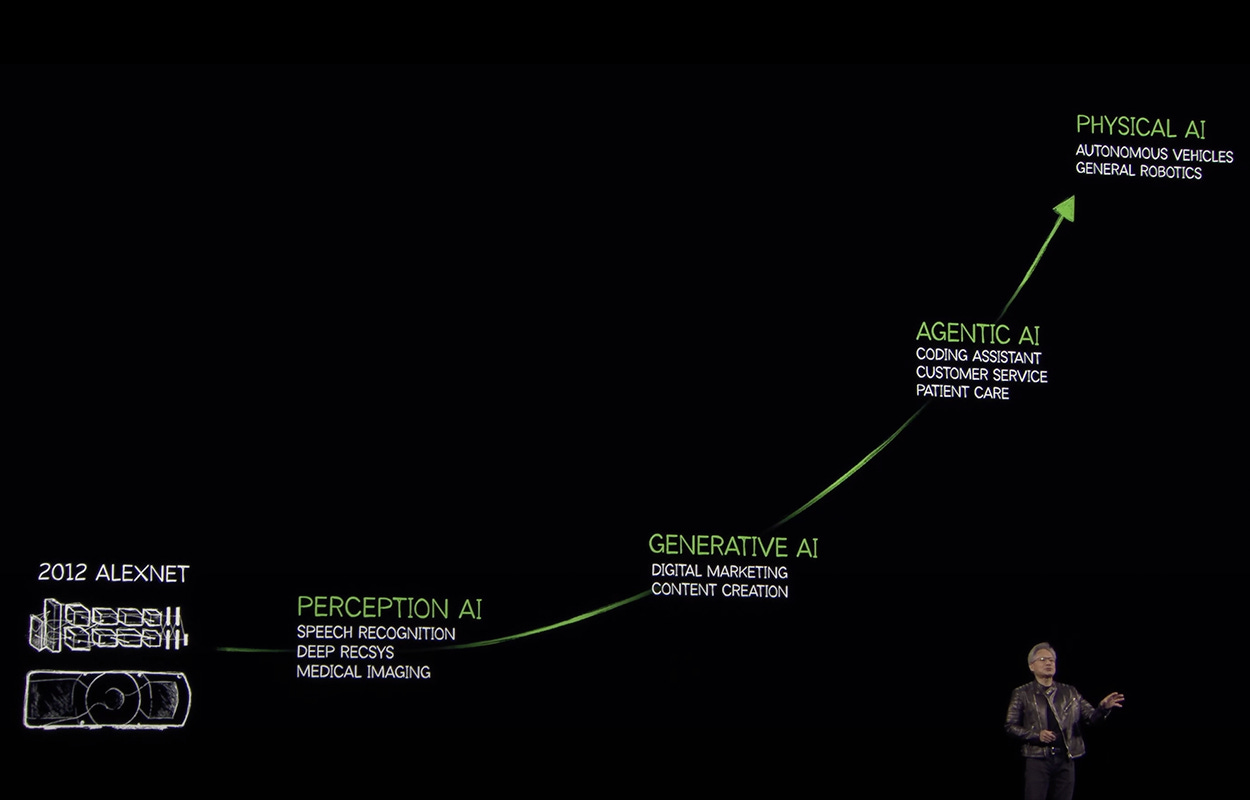NVIDIA’s Reign – The Arms Dealer of the AI Revolution

In the great AI war of 2025, the winner isn’t a single company or country. It’s the arms dealer.
And that arms dealer is Nvidia.
From a scrappy gaming graphics company to a nearly $3 trillion titan, Nvidia has become the indispensable power broker of the AI revolution. They don’t just supply the “picks and shovels” for the gold rush; they own the mine, the railroad, and the refinery.
Their story is a masterclass in building a decade-spanning, unassailable competitive moat.
The Long, Lonely Bet on Parallel Worlds
Founded on April 5, 1993, by Jensen Huang, Chris Malachowsky, and Curtis Priem, Nvidia spent its first decade focused on a single mission: bringing realistic 3D graphics to the PC.
In 1999, they achieved a landmark breakthrough: the invention of the GPU (graphics processing unit), an engine capable of rendering millions of pixels simultaneously.

But their cofounder, Jensen Huang, saw something others didn’t. He saw that the same architecture that could render a virtual world could also power the calculations of artificial intelligence.
For years, this was a lonely vision. While the world saw a gaming company, Nvidia was quietly turning its GPUs into general-purpose supercomputers. Then, in 2012, their bet paid off in spectacular fashion.
A neural network called “AlexNet,” running on two Nvidia GPUs, shattered records at an influential AI competition. It was the “Big Bang” moment for modern AI, and Nvidia’s hardware was the engine that lit the fuse.

The Moat That Code Built: The CUDA Fortress
When the AI boom finally hit, Nvidia wasn’t just ready; they were the only ones with a key. That key wasn’t hardware. It was software.
In 2006, Nvidia launched CUDA, a platform that allowed developers to unlock the parallel processing power of GPUs for general computing.
This was the masterstroke.

CUDA became the native language of AI. An entire generation of researchers and developers built their work on it. This created a fortress that competitors are still struggling to breach.
- The Ecosystem: A competitor doesn’t just need a faster chip; they need to convince millions of developers to abandon the language they are fluent in. Innovators in other fields took notice early on; by 2008, Nvidia’s technology was chosen to power the infotainment system in the revolutionary Tesla Model S.
- The Data Center Bet: While rivals like Intel defended the CPU kingdom, Nvidia went all-in on high-performance GPUs for servers, capturing the heart of the AI cloud.
- The Visionary Founder: Jensen Huang, with his trademark leather jacket, didn’t sell chips; he sold the future. He framed Nvidia not as a component supplier, but as the engine of modern civilization.
Dominance by the Numbers (Late 2025)
- Valuation: Hovering near $3 trillion.
- Dominance: An estimated 80-95% stranglehold on the AI training chip market.
- Growth: Data center revenue continues to see staggering triple-digit year-over-year growth.
- The Kingdom: Every major player—from OpenAI and Microsoft to Google and Meta—runs on Nvidia’s silicon.
The Empire Strikes Back
Nvidia’s reign isn’t unchallenged. AMD’s MI-series chips are gaining ground, and tech giants like Google and Amazon are investing billions in custom silicon to break free from their dependency.
But the CUDA moat remains deep and wide. The battle is no longer just about hardware; it’s about a deeply entrenched ecosystem.
Founder Lessons from the GPU King
- Sell the Drill Bits in a Gold Rush. Don’t bet on a single application. Bet on the underlying infrastructure that powers them all.
- A Moat is an Ecosystem, Not a Product. A great product can be copied. A language that an entire industry speaks is nearly impossible to replace.
- Play a Different Game, and Play it for a Decade. Nvidia’s overnight success was over ten years in the making. True strategic advantage is built when no one else is watching.
- Visionary Storytelling is Strategy. Jensen Huang didn’t just build chips; he built the narrative that they were the essential foundation of the future.

Final Word
Nvidia isn’t just a participant in the AI revolution; it’s the substrate upon which it is being built.
Their story is the ultimate lesson for any founder: the deepest moats aren’t dug overnight. They are carefully architected over a decade, built on a contrarian vision, and defended with a relentless focus on building the one thing your customers can’t live without.